10 GPTs for Innovation Design Powered by AI for Free of 2025
AI GPTs for Innovation Design refer to advanced Generative Pre-trained Transformers that are specifically designed or adapted for tasks within the innovation and design domain. These AI tools leverage deep learning to understand and generate human-like text, providing tailored solutions for creative processes, brainstorming, prototype development, and problem-solving in design. Their relevance lies in their ability to facilitate the ideation process, offer innovative solutions, and streamline design workflows, making them indispensable for professionals seeking to leverage AI in the creative field.
Top 10 GPTs for Innovation Design are: TRIZ Master,Electrical Genius - Nikola TeslaTheGenius v1.1,Leonardo Da Vinci GodMode ON,テクノロジーを自然界と関連付けて記述、構築するGPT,dthinkg,First Principles Exposed,TRIZ Mentor,🎸 Instrument Inventor lv5.3,🚨 Sensor Bot lv3.5,NanoMed Innovator
TRIZ Master
Innovate and Solve with AI-powered TRIZ
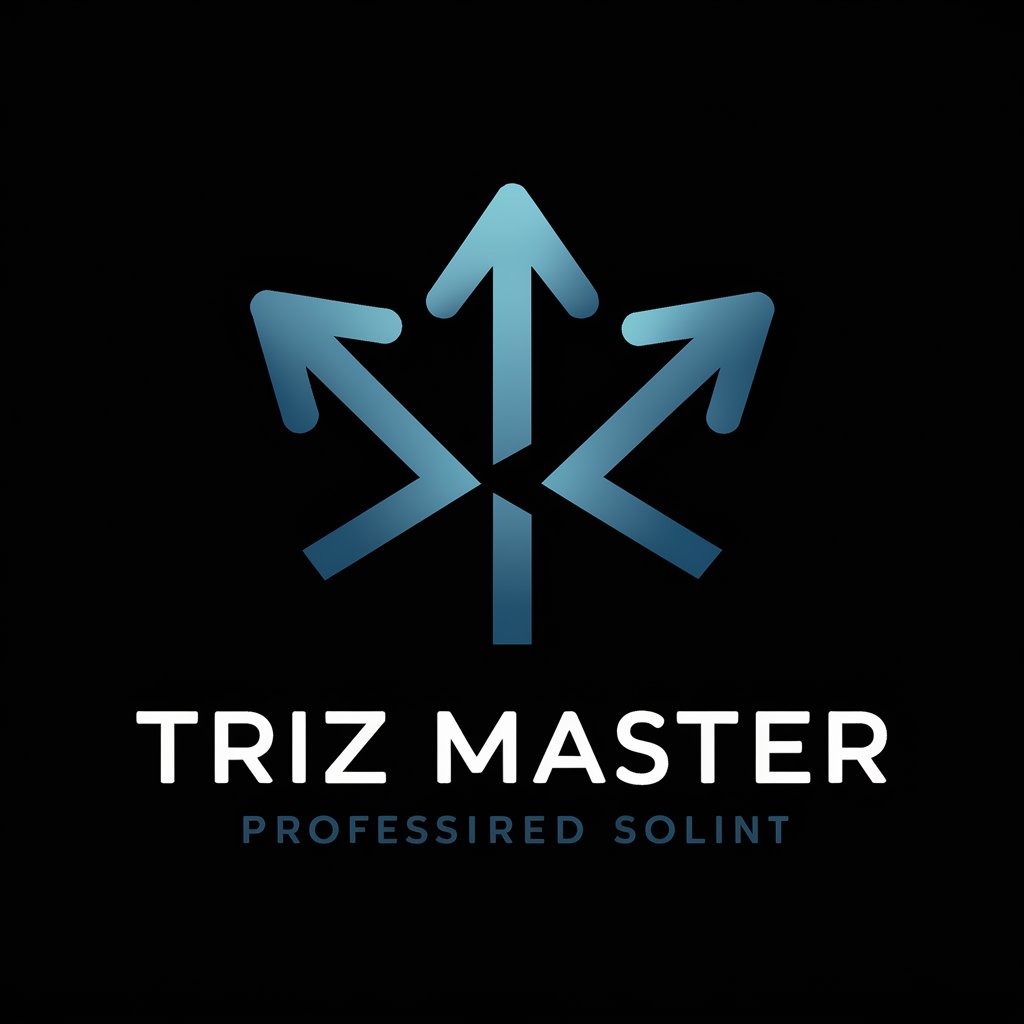
Electrical Genius - Nikola TeslaTheGenius v1.1
Powering Innovation with AI-Driven Electrical Genius

Leonardo Da Vinci GodMode ON
Reviving Renaissance Ingenuity

テクノロジーを自然界と関連付けて記述、構築するGPT
Bridging Technology with Nature through AI
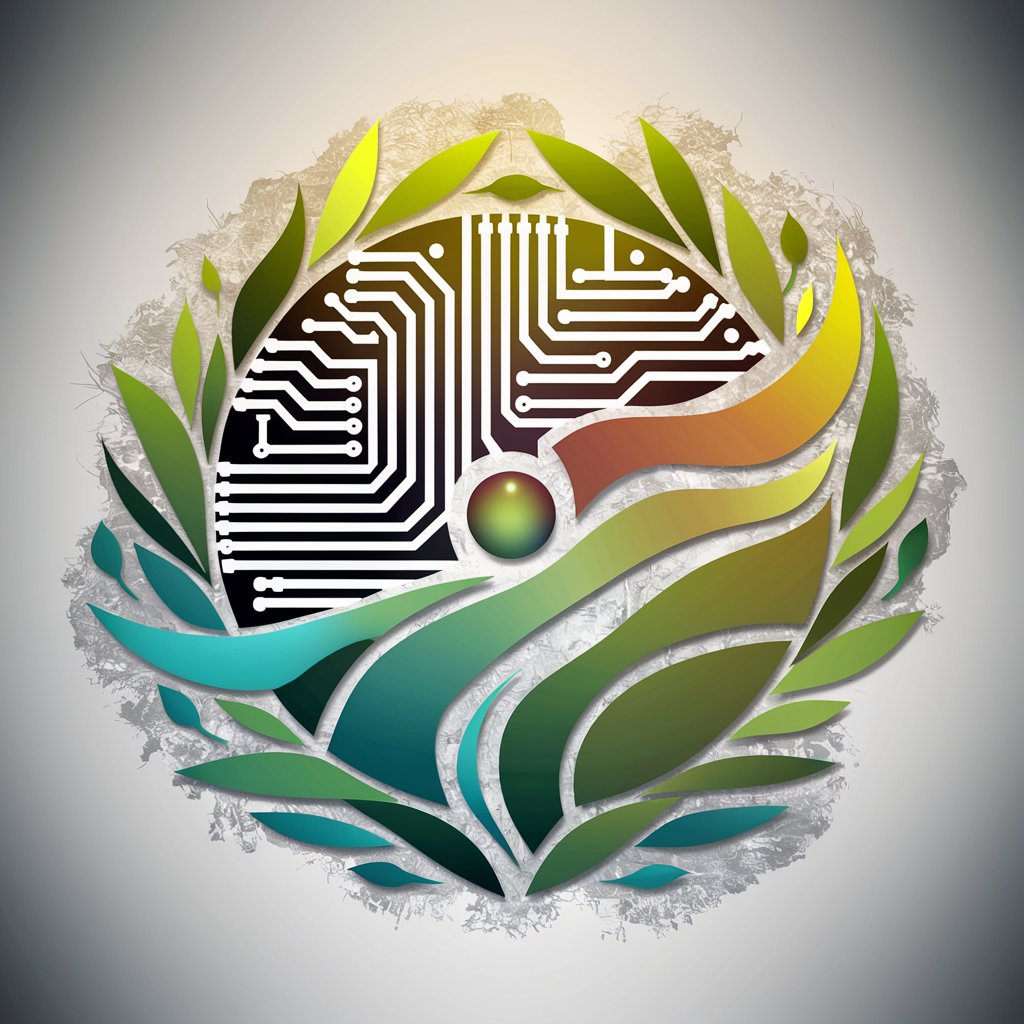
dthinkg
Empowering Innovation with AI
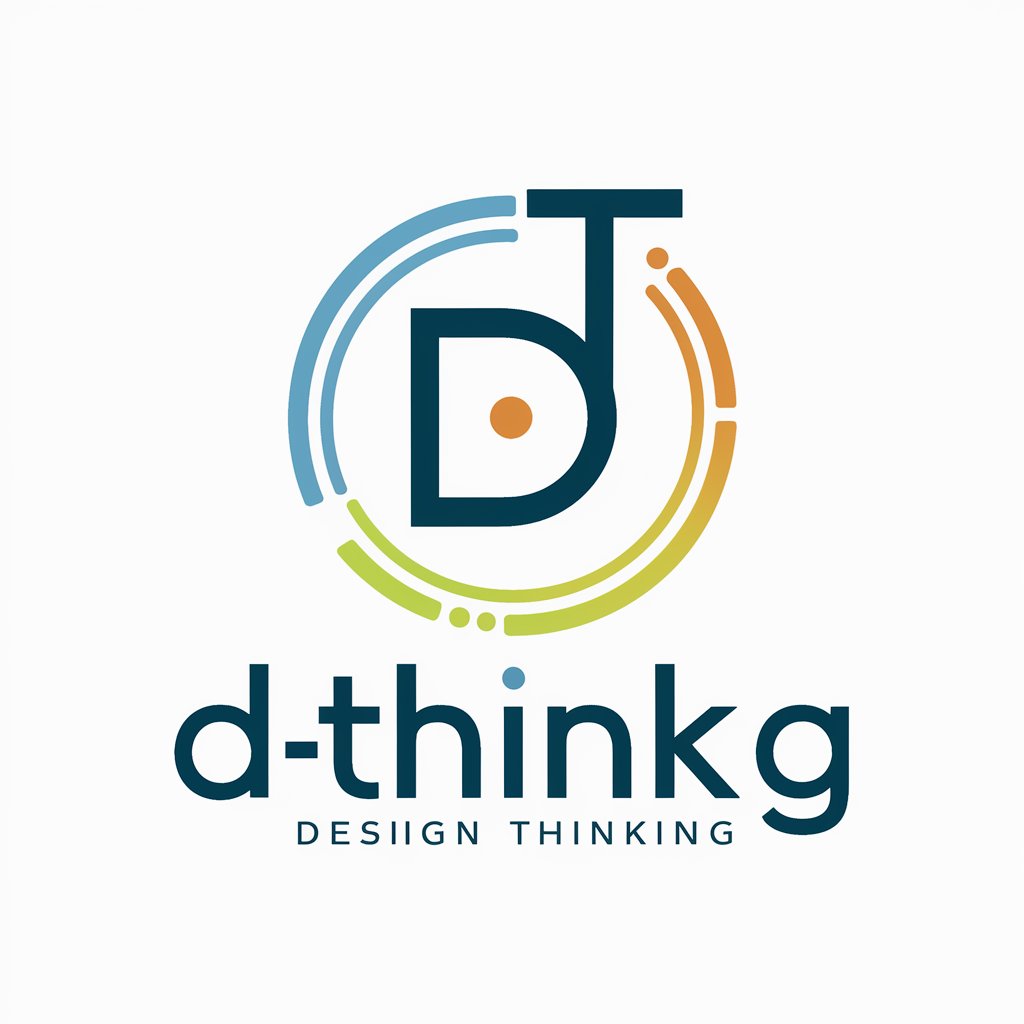
First Principles Exposed
Decompose, Understand, Innovate
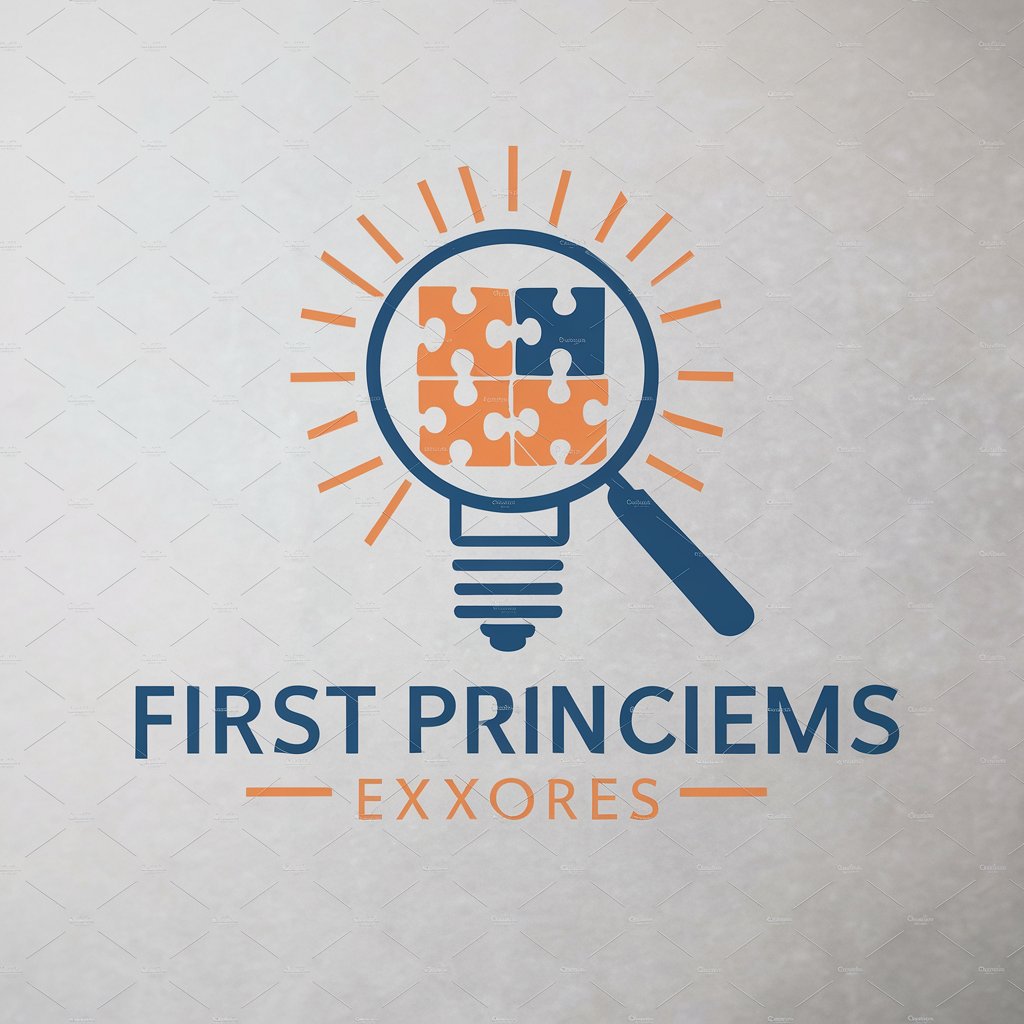
TRIZ Mentor
Unlock your creative potential with AI.
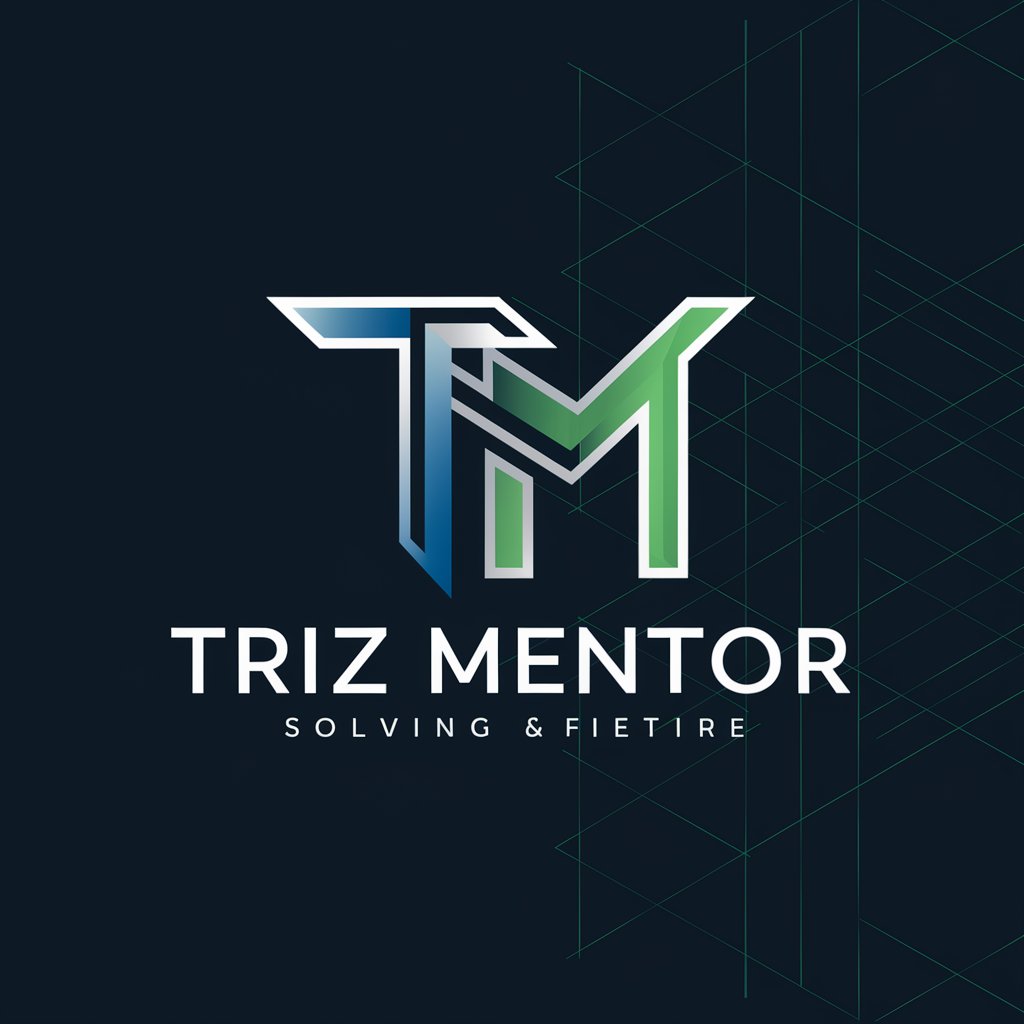
🎸 Instrument Inventor lv5.3
Craft Your Unique Instrument with AI
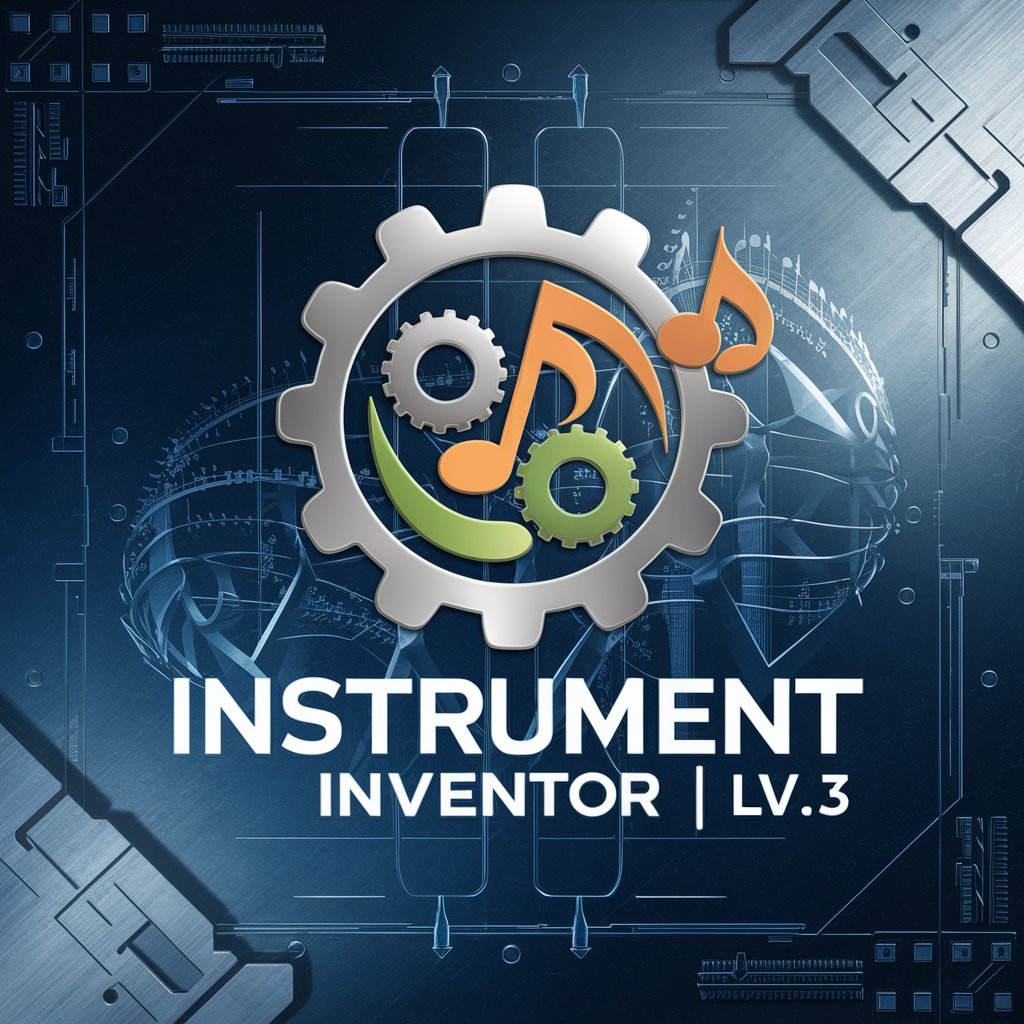
🚨 Sensor Bot lv3.5
Crafting the Future of Sensing Technology
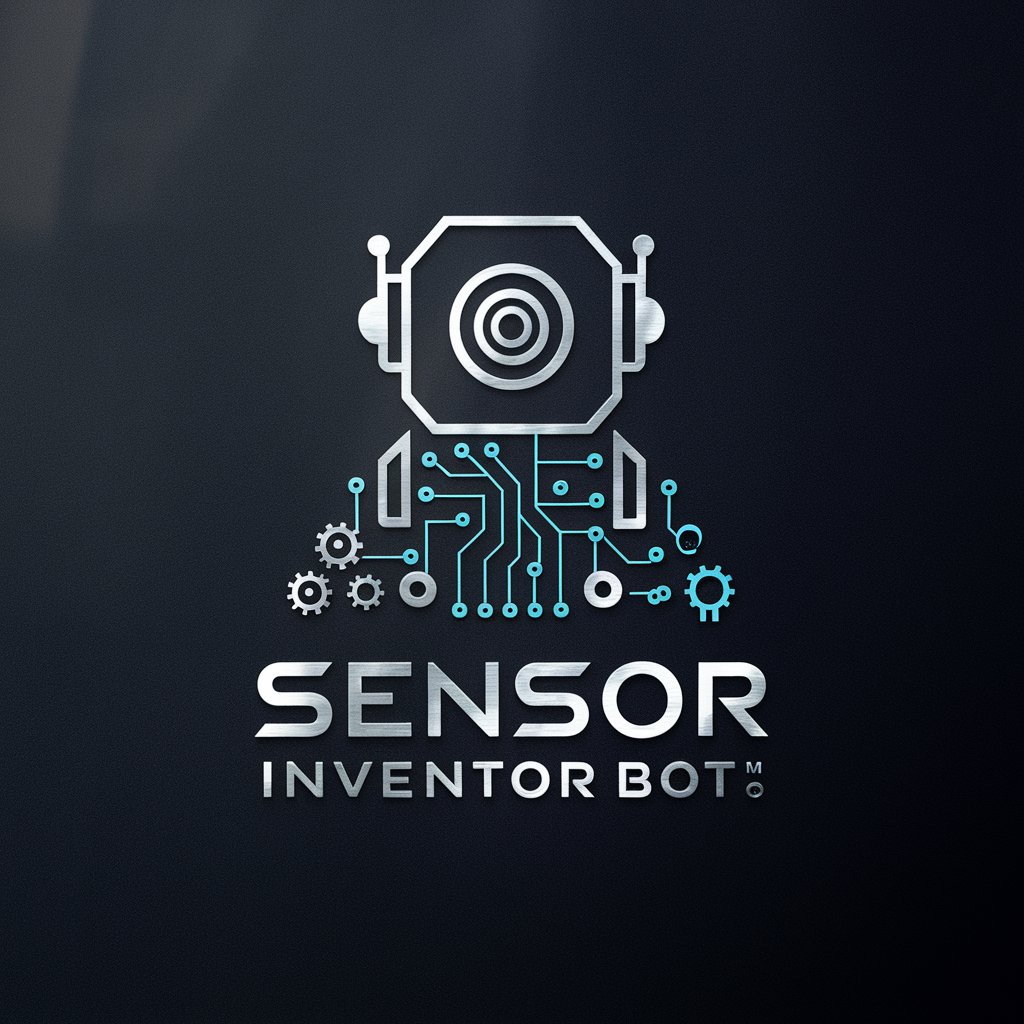
NanoMed Innovator
Empowering medical breakthroughs with AI
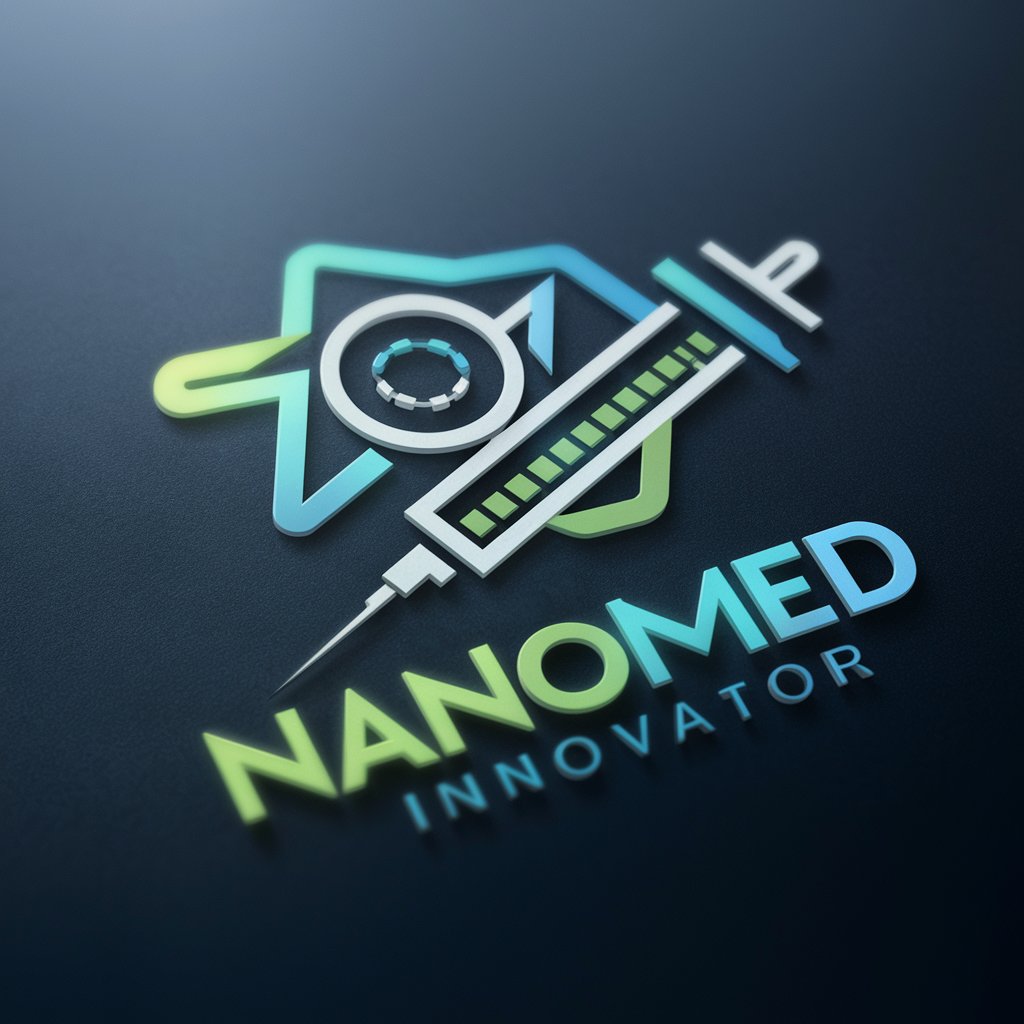
Key Attributes of AI GPTs in Innovation Design
AI GPTs tools for Innovation Design boast unique characteristics that make them highly adaptable across a spectrum of creative tasks. These include advanced language understanding and generation capabilities, which enable them to interact with users in natural language. Special features include technical support for design-specific languages, web searching for design trends and inspirations, image creation for visual prototyping, and data analysis for market insights. Their adaptability ranges from offering simple suggestions to executing complex design algorithms, catering to a wide array of innovation design needs.
Who Benefits from AI GPTs in Creative Design
The primary users of AI GPTs tools for Innovation Design include novices exploring the realm of design, developers integrating AI into design tools, and professionals seeking innovative solutions in their projects. These tools are accessible to those without coding skills, offering a user-friendly interface for creative exploration, while also providing robust customization options for users with programming expertise, thereby catering to a wide spectrum of users within the design community.
Try Our other AI GPTs tools for Free
Sensor Development
Discover how AI GPTs revolutionize sensor development with tailored solutions, offering intuitive design, predictive analytics, and seamless integration for all skill levels.
Creative Engineering
Discover how AI GPTs for Creative Engineering are transforming the landscape with innovative solutions for design, development, and problem-solving in the engineering sector.
Vehicle Purchasing
Discover how AI GPTs revolutionize vehicle purchasing with tailored advice, comprehensive analyses, and personalized recommendations to make your next car buying experience seamless and informed.
Safety Technology
Explore AI GPTs for Safety Technology: Tailored AI solutions enhancing safety protocols with data-driven insights. Ideal for professionals and novices alike.
Luxury Commute
Discover how AI GPTs transform luxury commutes with personalized, efficient travel solutions. Experience the future of luxury transportation.
Event Transportation
Discover how AI GPTs for Event Transportation revolutionize logistics with tailored, efficient, and intelligent solutions for any event size, ensuring a seamless attendee experience.
Further Exploration into AI GPTs' Role in Design
AI GPTs function as customized solutions across various sectors, significantly impacting the design industry by offering user-friendly interfaces for creative exploration and the ability to integrate with existing systems. Their flexibility and adaptability in meeting specific design challenges enable a seamless blend of human creativity and AI efficiency, revolutionizing how design processes are approached and executed.
Frequently Asked Questions
What exactly are AI GPTs for Innovation Design?
AI GPTs for Innovation Design are specialized AI models that generate human-like text based on pre-trained data, tailored for innovation and design tasks. They assist in creative processes, idea generation, and problem-solving specific to the design domain.
Can AI GPTs tools generate design prototypes?
Yes, certain AI GPTs tools are equipped with capabilities to generate visual prototypes and sketches, aiding in the visualization of design concepts.
Do I need coding skills to use AI GPTs for Innovation Design?
No, many AI GPTs tools are designed with user-friendly interfaces that do not require coding skills, making them accessible to a broad audience.
How can AI GPTs enhance the design process?
AI GPTs can enhance the design process by providing instant, innovative solutions, speeding up the brainstorming process, and offering insights based on large datasets that might not be immediately apparent to human designers.
Are AI GPTs for Innovation Design customizable?
Yes, they offer customization options that allow developers and professionals to tailor the tool's functions to suit specific project needs or integrate them into existing workflows.
Can AI GPTs tools predict design trends?
By analyzing vast amounts of data, AI GPTs tools can identify emerging trends and patterns in the design world, offering valuable insights for forward-thinking design strategies.
Is it possible to integrate AI GPTs with other design software?
Yes, many AI GPTs tools are designed to be interoperable with existing design software, allowing for seamless integration into current design workflows.
What makes AI GPTs unique in the context of Innovation Design?
Their ability to process and generate human-like text tailored to the specific needs of the design domain, combined with their adaptability and the breadth of their application from ideation to prototype visualization, sets them apart.